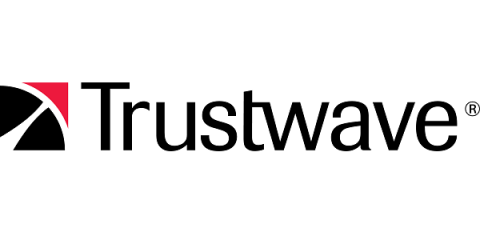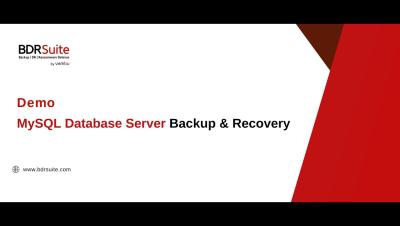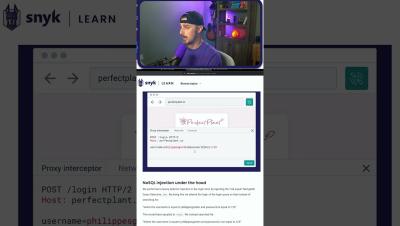Cracking the Giant: How ODAT Challenges Oracle, the King of Databases
In the past decade, Oracle Database (Oracle DB) has reigned supreme in the competitive arena of database engine popularity ranking as shown in Figure 1 and Figure 2. This pervasiveness has led Oracle Database to be trusted by Fortune 500 companies (e.g. Netflix, LinkedIn, eBay, etc.) to house, process, and safeguard their critical data.











